New Hybrid Schedule Raises Equity Concerns
Latin’s Upper School reopened its doors on January 11, once again raising questions about how the school can best promote equity within a hybrid learning model. Unlike the previous hybrid model, this schedule aims to provide more in-person opportunities for each student, allowing Upper Schoolers to be on campus half of the time. This plan avoids in-school lunch, when students would be unmasked. While this set-up, with a 90-minute commute-and-lunch break, may be convenient for much of the community, a number of Upper School students are left to figure out how their longer commutes will dictate classroom participation alongside their peers.
Sophomore Mariana Diaz lives 10 miles from the Upper School and can have a commute time of more than 30 minutes. While the new schedule does allow for her to be on campus on time for her in-person classes, COVID presents a variety of new challenges in getting to school, some that may keep her from participating in on-campus activities. “Before COVID, I would take public transportation and, occasionally, a ride from someone,” she said. “But as of now, someone will be driving me to and from school every day because I don’t feel safe taking public transportation.” In terms of sports and other non-academic, in-person activities, Mariana said, “My commute would limit my ability to participate.”
Sophomore Ayanna McCarthy faced a similar issue, but with a commute of up to two hours. Pre-COVID, Ayanna would get a ride to school from her grandmother and take public transportation back home. Ayanna explained, “[My grandma] has poor health, and I don’t want to put her at risk.” Additionally, like Mariana, Ayanna feels that crowded trains and buses are not ideal transportation in the middle of a pandemic. “I don’t feel comfortable at all with such a big pool of people in one place,” she said. Even so, like many students, Ayanna has found the alternative—remote learning—more challenging. “I do believe that in-person learning helps a lot,” she said. “People learn better in certain environments.”
For senior Sebastian Valenzuela, it is the issue of being on a different schedule than his sister, a sophomore, that stands in the way of his in-person participation. “My sister and I are not able to attend school in-person this quarter because both of our parents work and, given the schedule differences for upper and underclassmen, I would only be able to drive myself to school.”
Of course, the Latin administration would like to get all of its students back in school again, but current arrangements simply do not account for the needs of all students. “The new in-person schedule is geared for the people who can commute and prepare lunch for themselves in under 90 minutes,” Sebastian said. “That’s something that isn’t a possibility for my sister and me. I understand that the school has to compromise with a schedule that works for the majority of students, but it’s hard to receive an equitable education while on Zoom, with a full classroom of in-person students.” He added, “Remote learning was difficult for all of us, and not nearly the same as learning in late 2019, but it’s something that has to be done to fully support all home circumstances.”
As the schedule stands, upperclassmen must depart from campus by 11 a.m., and underclassmen can arrive no earlier than 12 p.m. in order to minimize the number of students in the school building. However, the school has offered students with longer commutes the opportunity to participate in their remote classes from the school building. This way, siblings can arrive together, parents or family members providing rides can have more time in between transports, and students with commute times beyond 90 minutes can participate in on-campus learning.
However, students who decide to spend the entire day in school may not be able to focus as well during their Zoom classes. Sitting unmasked at home and being able to eat and drink more comfortably may be a more optimal environment for remote learning. Additionally, Mariana shared, “I don’t think it’s worth commuting just for one to two in-person classes. Especially one class, it’s easier to just stay home rather than spending about 40 minutes traveling to and from school. I wish the schedule was more where we were in school for more than two classes.”
Payton Rice, a freshman, is disappointed not to be able to attend any in-person classes with the new hybrid schedule due to a combination of commuting complications and COVID precautions. She was able to attend one of her cohort days during the first semester hybrid plan. “I really liked feeling like I was actively part of a community. Online it was, and is, really hard to talk to other people and have conversations, but it was so much easier to say hi and hold a conversation while we were outside eating lunch.” As a new member of the Latin School community, Payton already found it challenging to meet new students and teachers. Now, as many of her classmates are together in a classroom, it will be even more difficult to connect with peers.
Mariana said she agrees that the previous hybrid model, in which each grade attended in person classes for two full days out of the eight-day cycle, was easier for students who live far from campus. “I think that schedule is a lot more reasonable,” she said. “If we were to be on that schedule, I would worry a lot less about how I’m going to get school while also trying to do work. The schedule still wouldn’t be ideal or the best, but I do think it’s a lot better for people who live farther away.”
Charles Mitchell, a senior, will not be able to attend in-person classes as the COVID numbers stand. “I am not comfortable at all with taking public transit in such a big city as Chicago with surging COVID cases,” he said. However, the previous hybrid schedule did allow for Charles to learn in person, as he was commuting less often and was spending less time on public transportation. “When I did participate in in-person learning in the second quarter, it was way more effective than remote learning. It was also nice to see friendly faces, not via a computer screen.” While Latin’s leaders believed the high school was ready to reopen its doors to students, Charles did not think the Upper School should return yet to in-person learning. “I do think the school should wait until all students are able to return to campus safely,” he said.
As the Upper School returns to campus, the students left to opt out of in-person activity are not the only ones facing added challenges. Upper School science teacher Felix Amankona-Diawuo explained that, especially in the early hybrid days, “I found it challenging to be both fully present to the students in class and to those who attended class remotely.” Dr. Amankona added that it is particularly difficult to include the muted remote students in classwide discussions, especially when their cameras are turned off.
Despite Latin’s efforts to get as many students on campus as possible as often as they can, Sebastian is displeased with the implications of the newest Upper School schedule. “I know that the people with real power at the school live close by and depend on in-person activities like sports,” he said, “so it’s really unfortunate that all of us who live far away and are pandemic-conscious have to suffer the consequences of those priorities.”
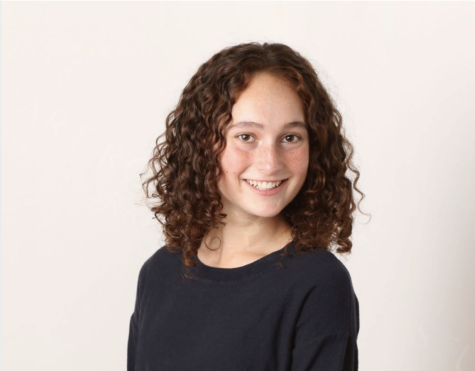
Eden Raviv (‘23) is eager to bring relevant stories and perspectives to the Latin community in her second year as Editor-in-Chief. Eden joined The...


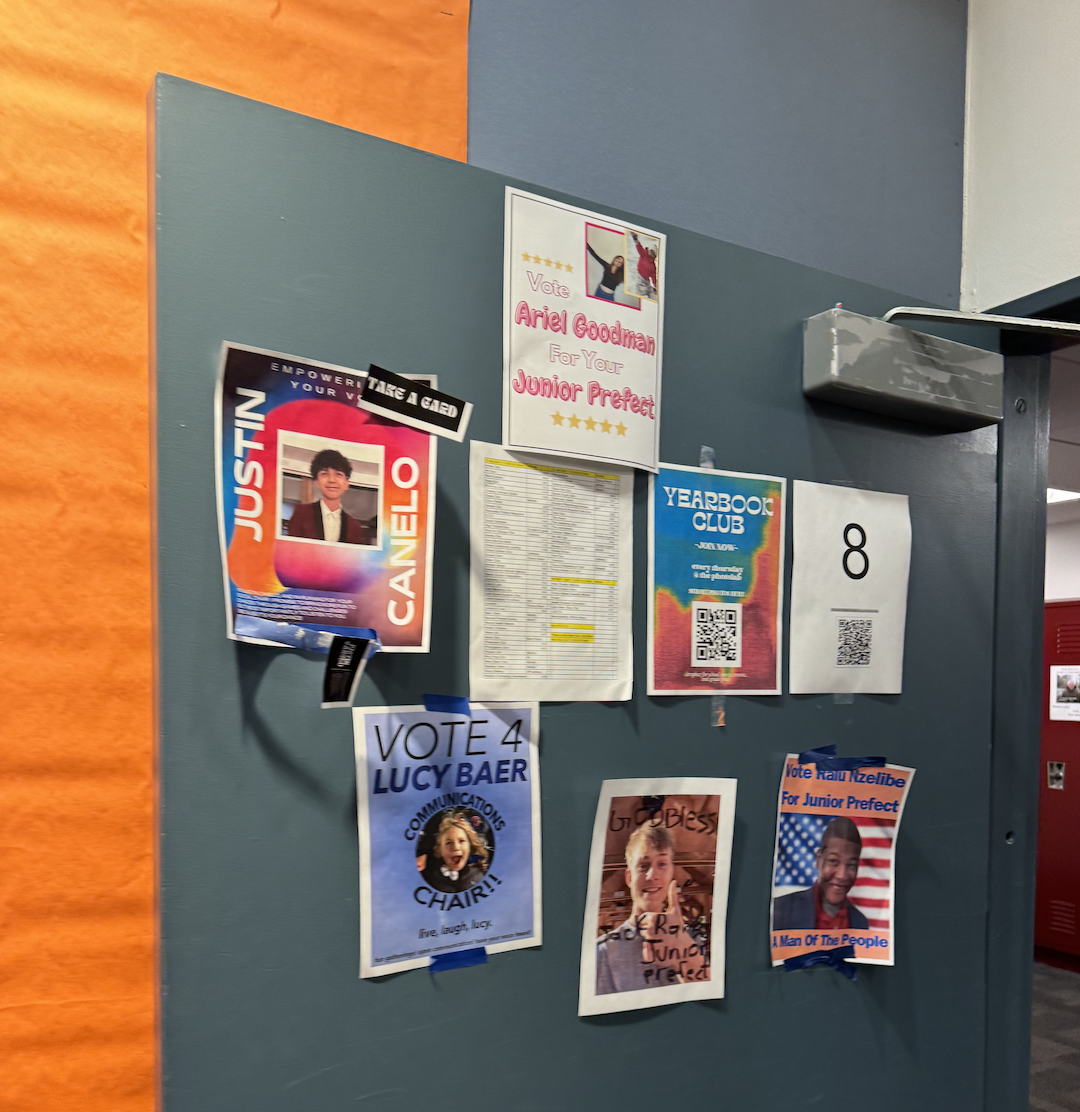


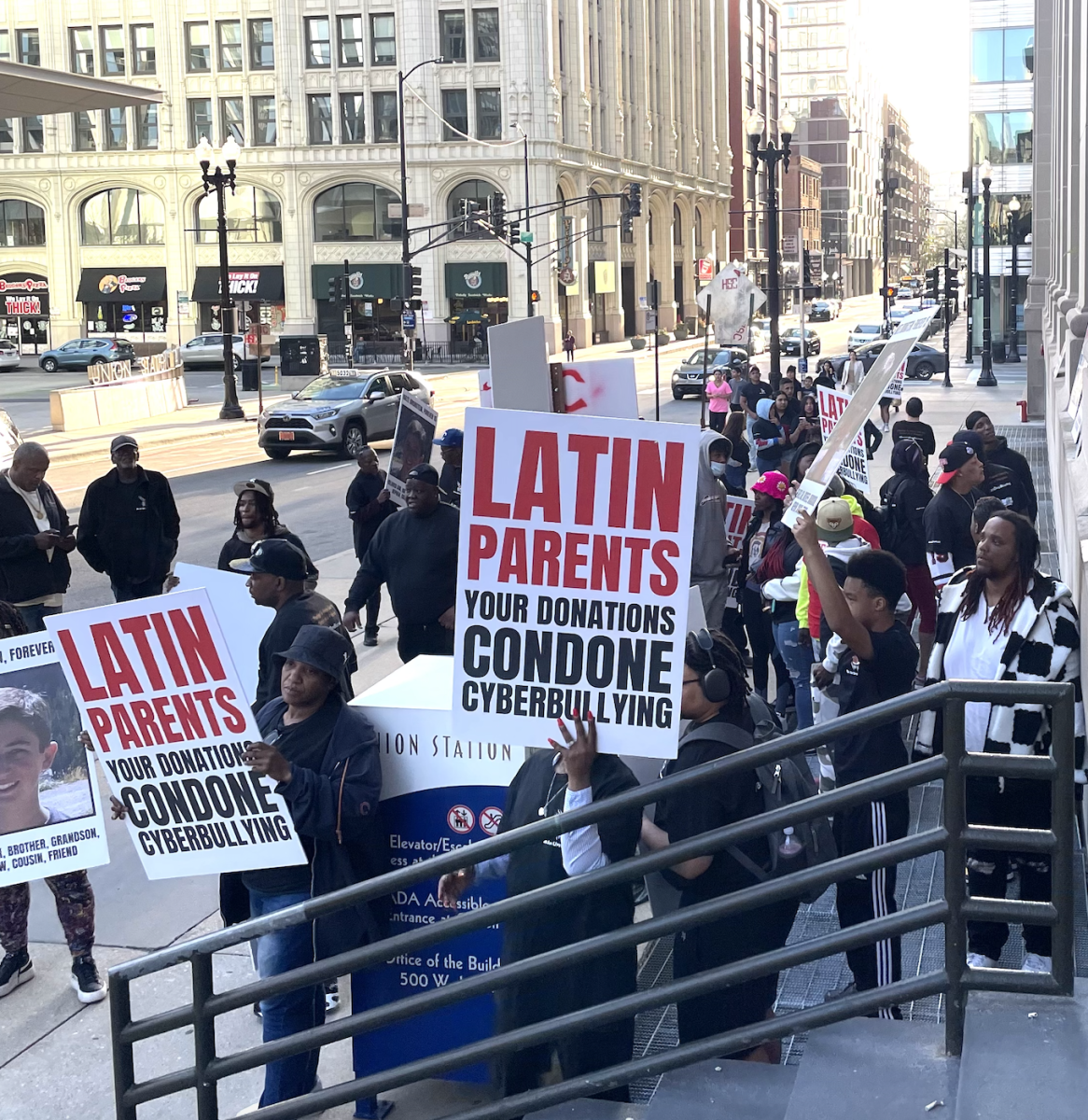










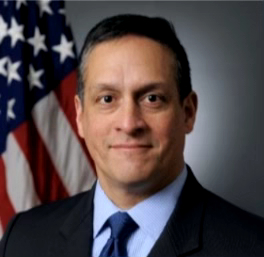
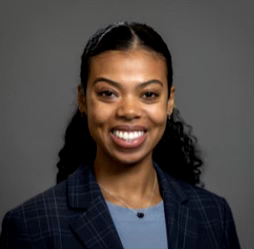

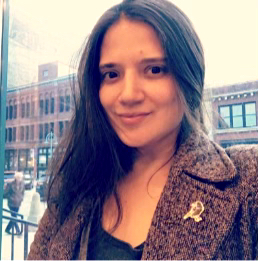
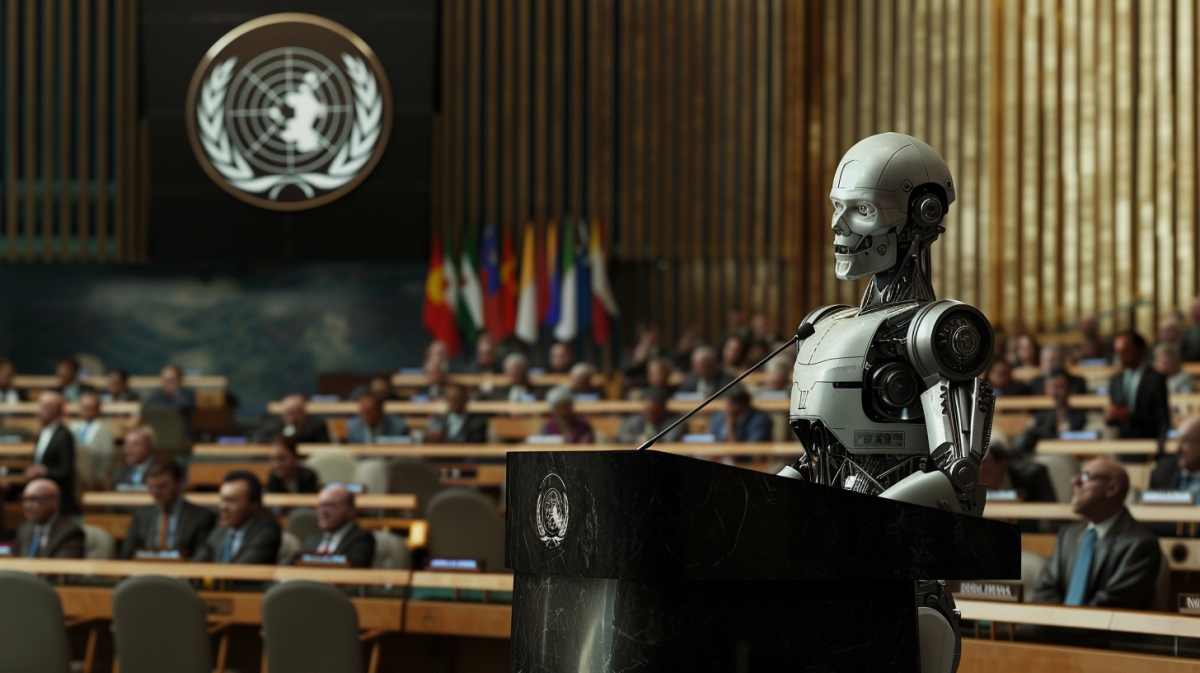



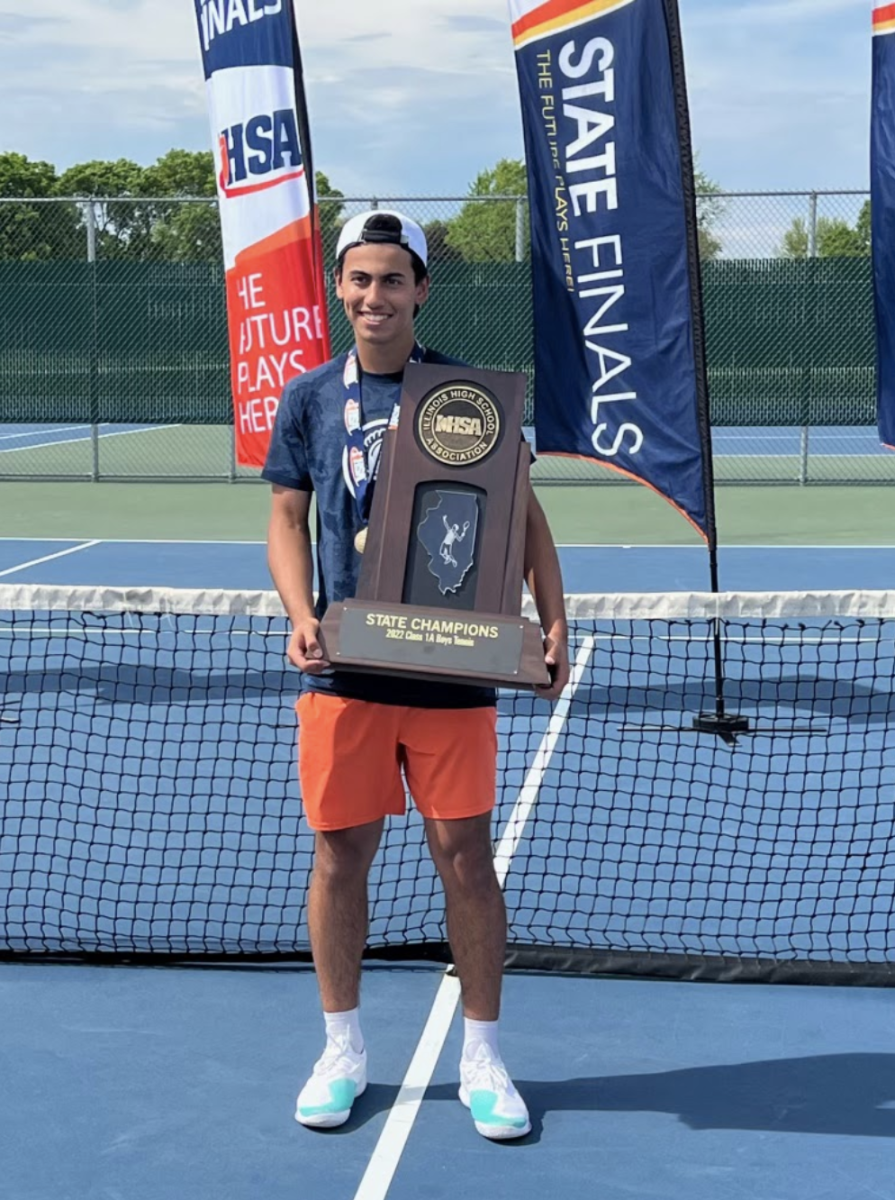
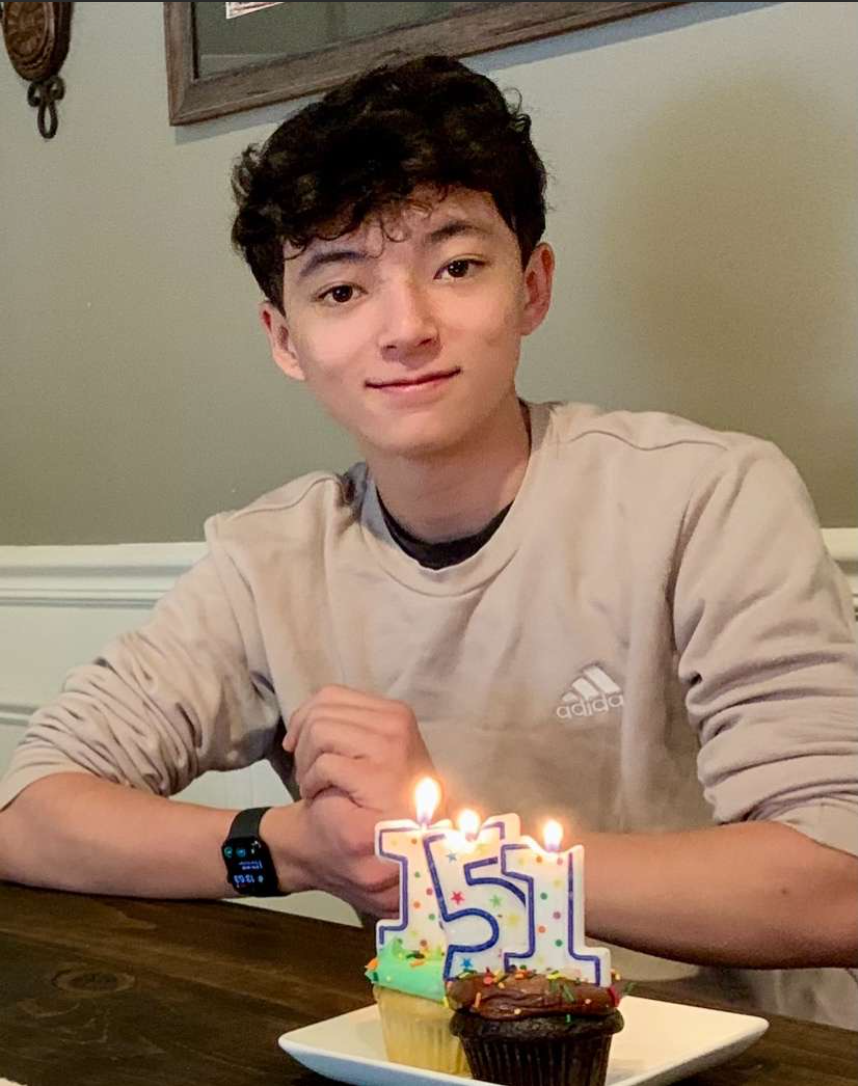

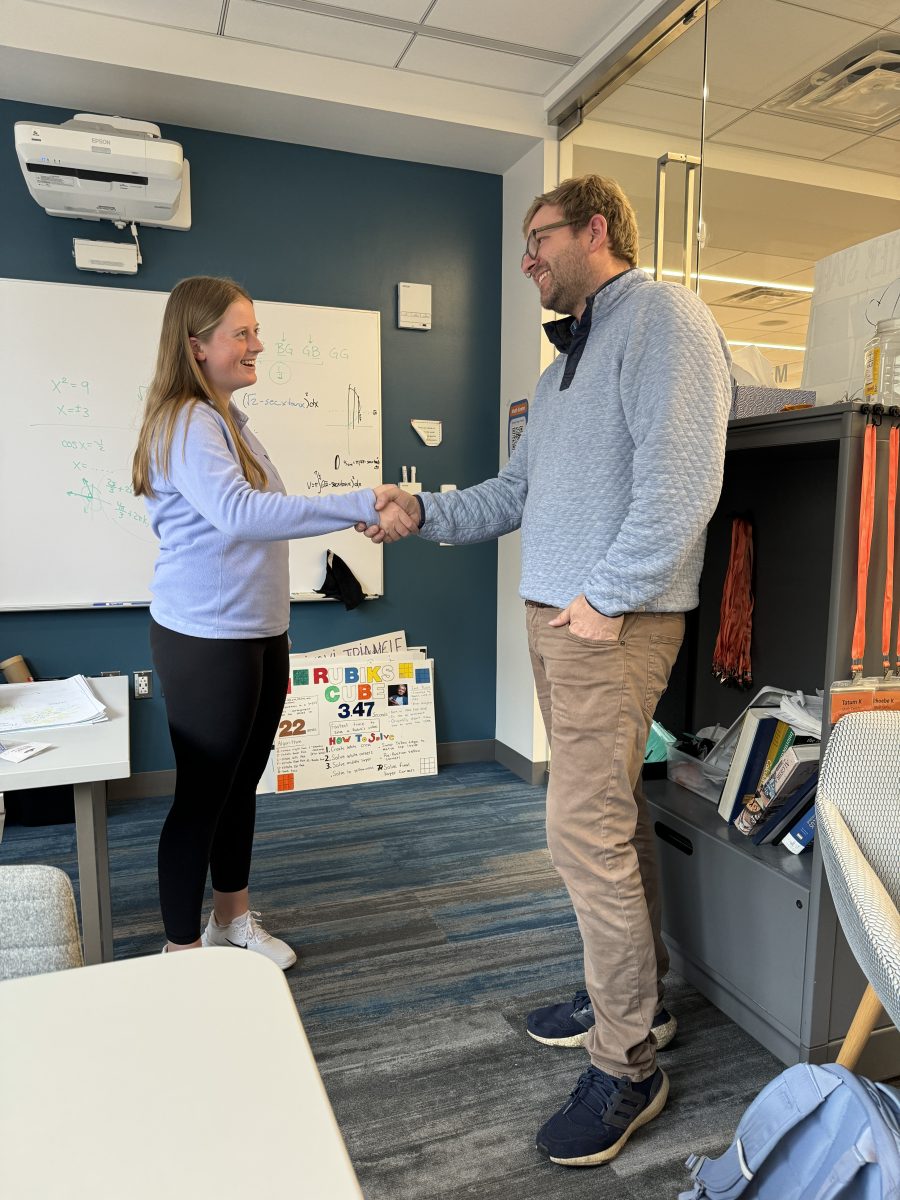



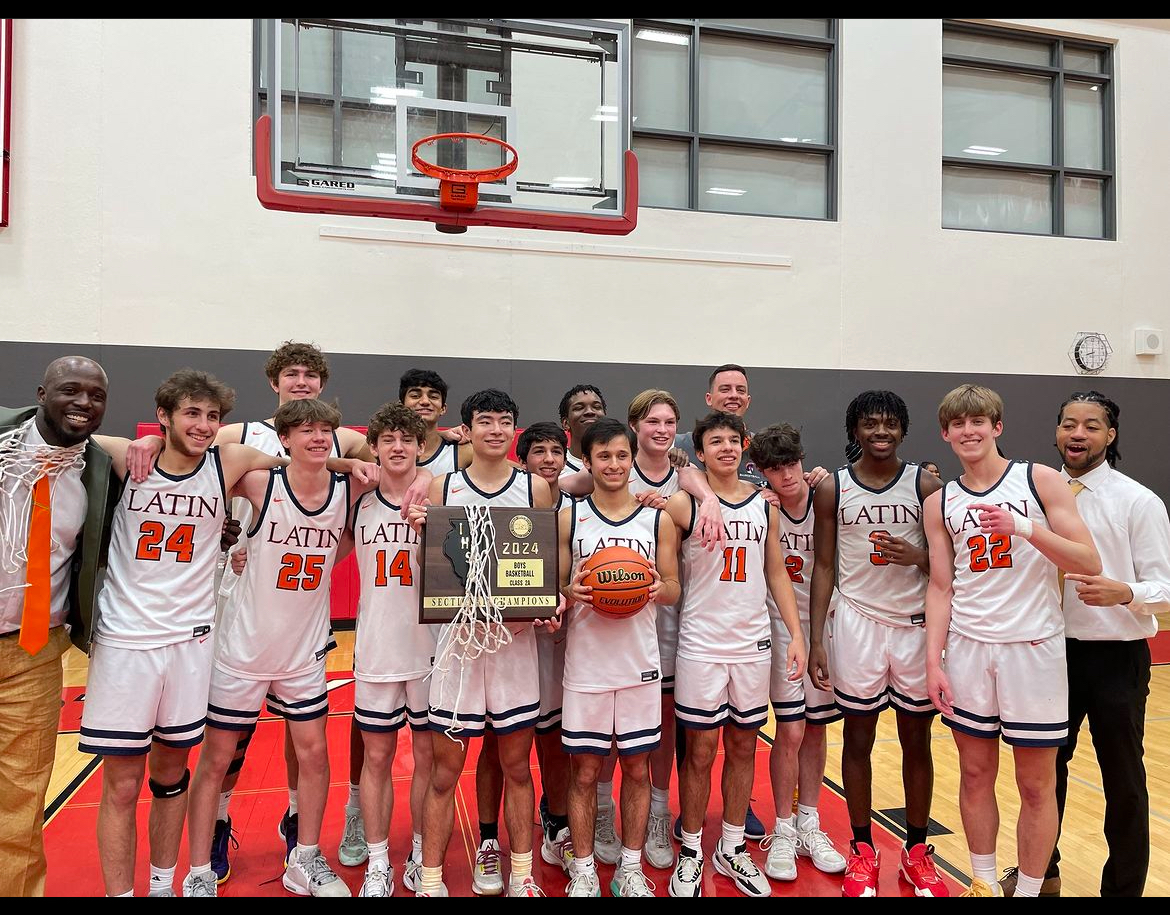

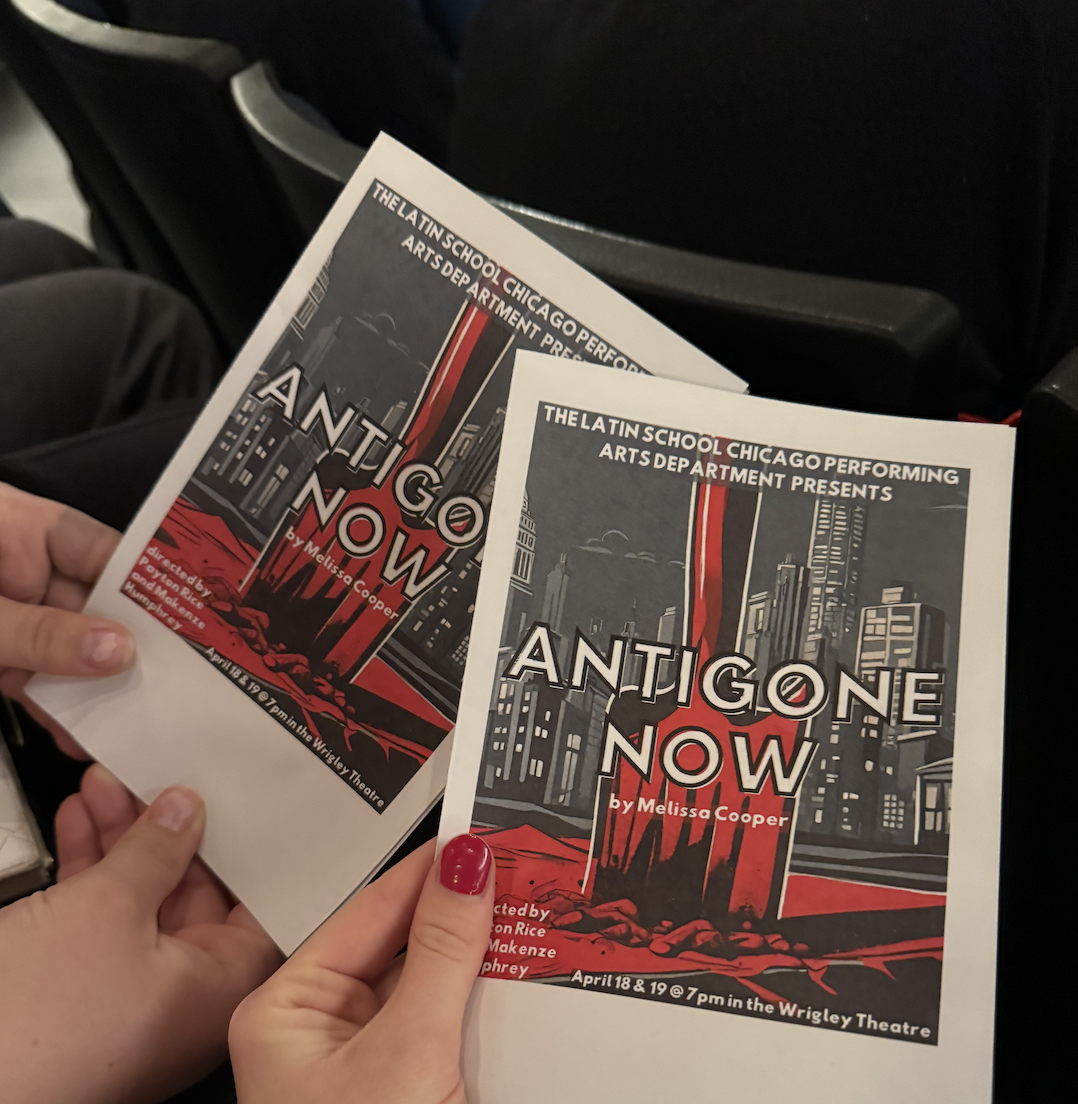
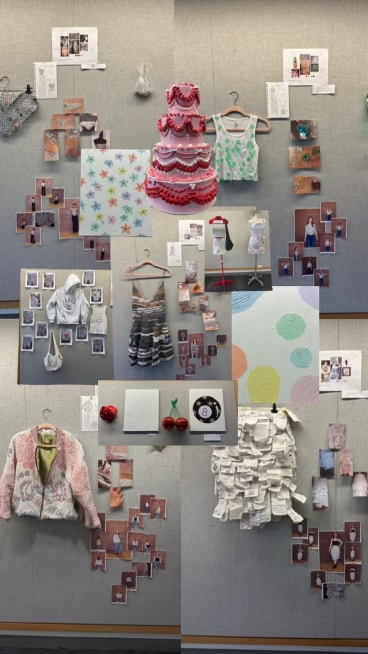
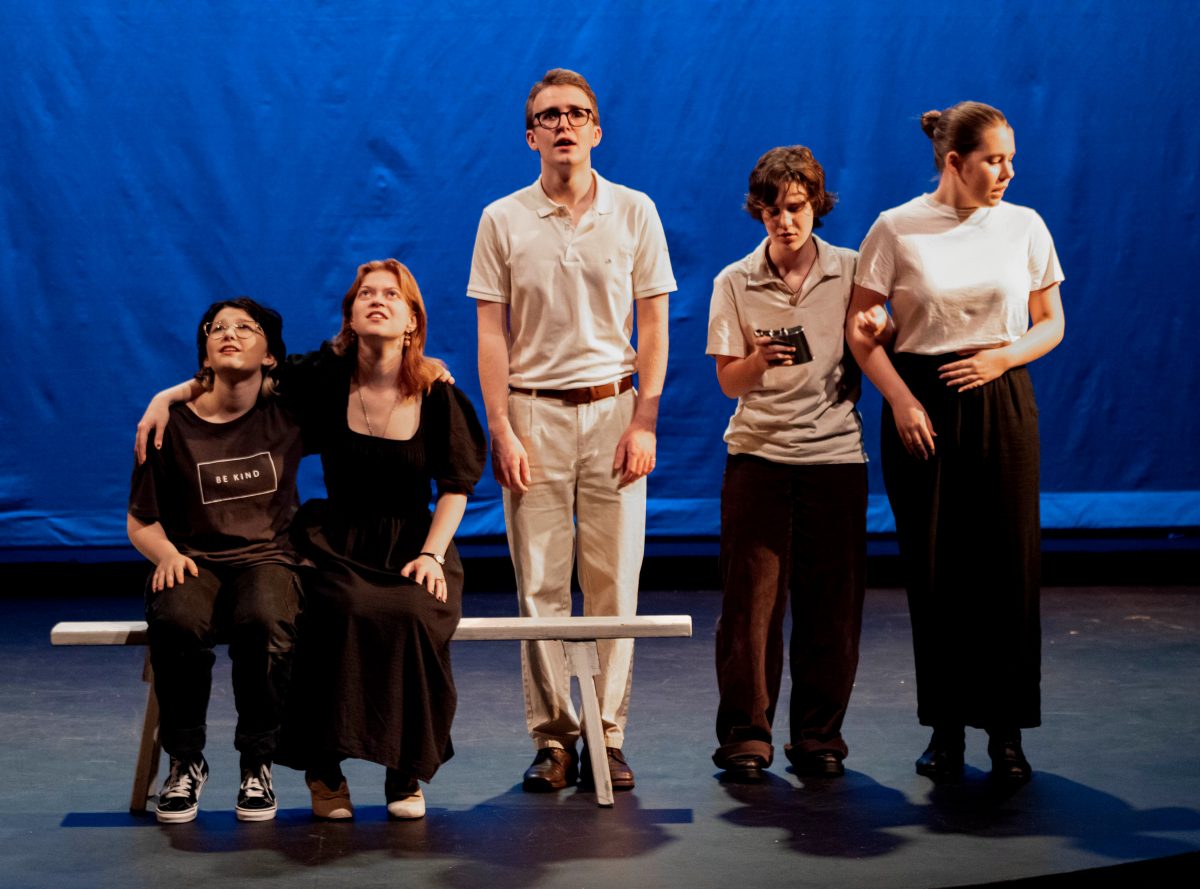

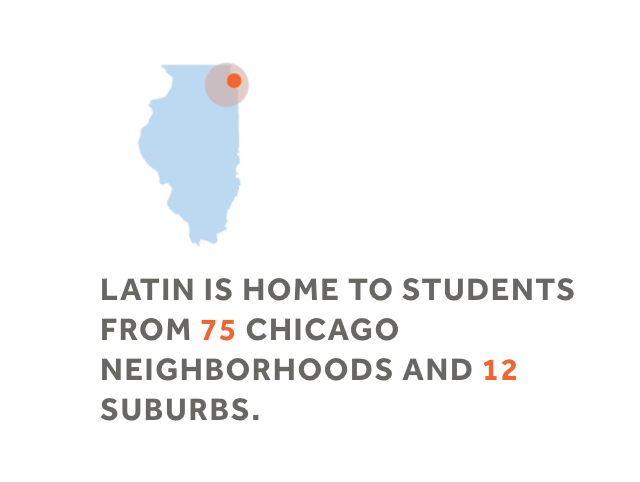

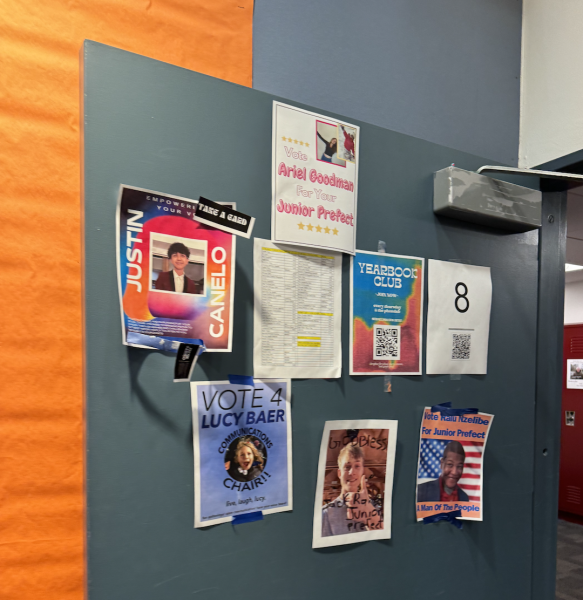
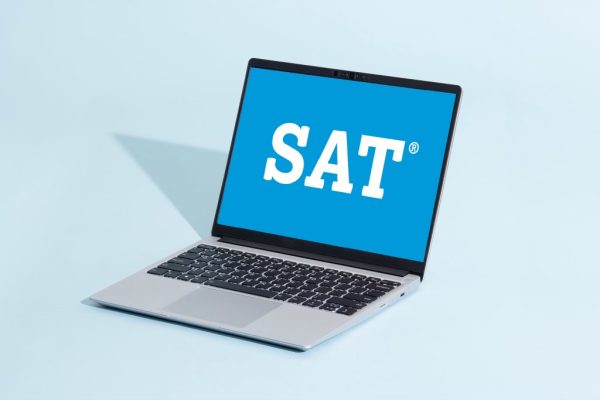

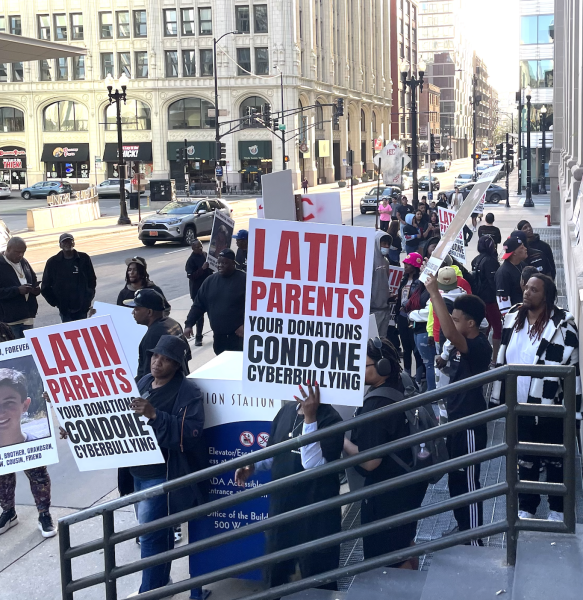
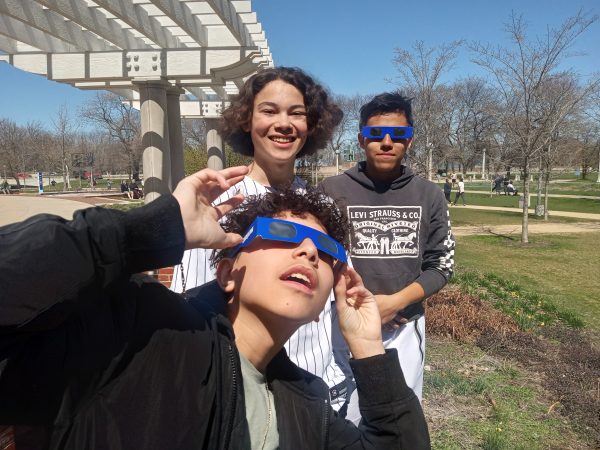



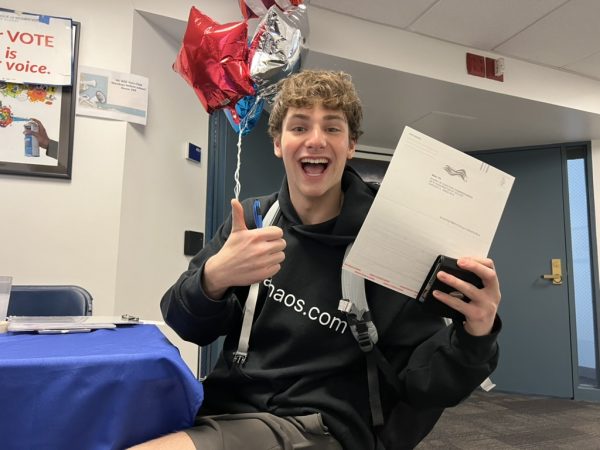

Tim Kendrick • Jan 16, 2021 at 11:24 am
Eden, thanks for this piece. I want to echo Dr. Amankona’s thoughts on the challenges we teachers face to integrate all students successfully in a hybrid class. For students reading this, if you are a remote student and have thoughts or ideas for how to manage these challenges based on your experiences, please reach out to your teachers! I know we’d all appreciate the feedback on how to best address this unique challenge this semester.